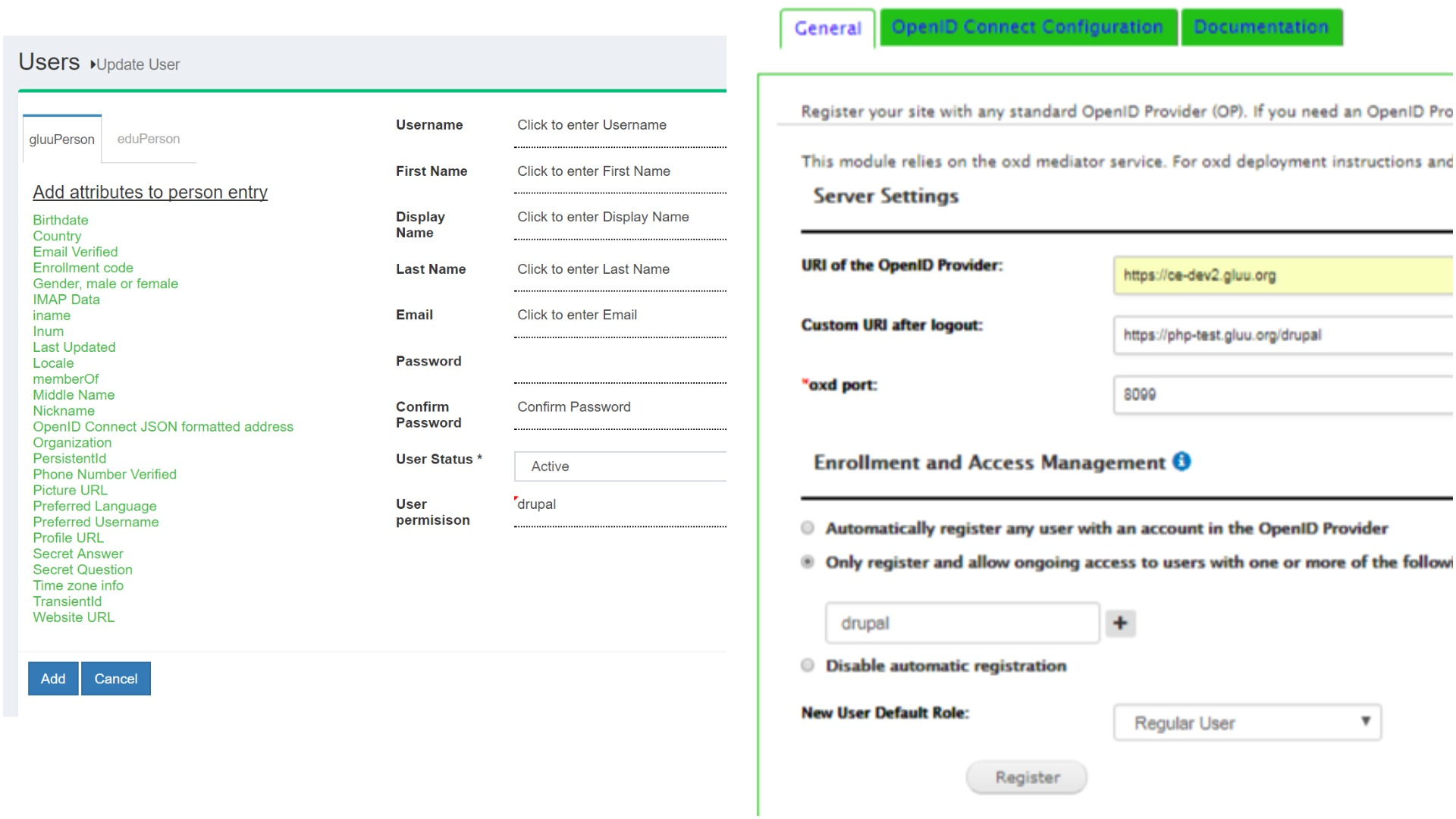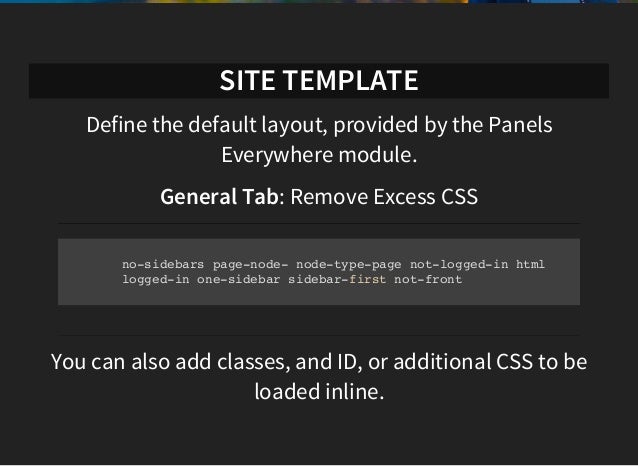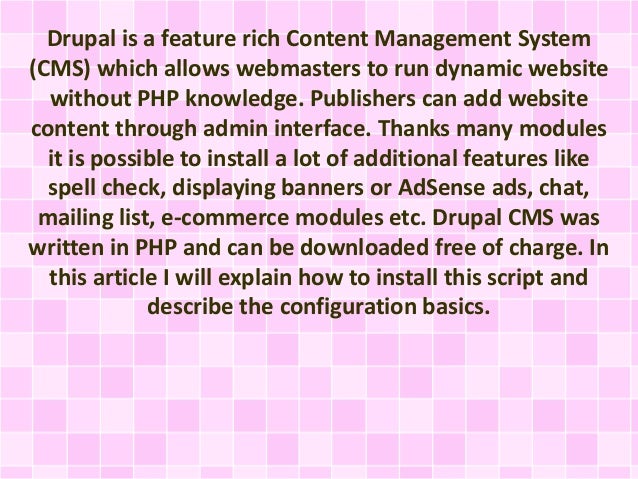

But there will still be a long road until they’re feature complete. At that point, we will start providing a betatobeta path and have a more fully featured administrative UI. While what they have works, using them in production is not recommended until after the first beta1 release, currently targeted for after the BADCamp sprint from 10/2210/25. When can I use it?Īt the time of this writing, Panels 3.0alpha17 and Page Manager 3.0alpha17 are available and provide some of the functionality of their Drupal 7 counterparts. Think of CTools as an incubator for Drupal core, and the goal is to try and eventually get all of its functionality merged into Drupal core in later point releases-likely later than 8.1.0.

For example, it’s CTools that provides blocks for every field, so you can display an individual field from an entity-like a piece of content-if you have any entities in the current context. While most of the functionality in CTools got merged into Drupal 8 core, there are a number of things that didn’t make it that are still necessary. Both Panels and Page Manager depend on it. The CTools module provides some APIs and developer tools for other modules to use. The goal is to get Layout Plugin merged into Drupal 8.1.0 core to make this the official standard! CTools The goal is to get as many modules that need to provide or use layouts depending on the same framework. It’s used by both Panels and Display Suite (an alternative to Panels), making their layouts interchangeable, rather than each module providing its own concept of layouts. The Layout Plugin module allows modules or themes to register layouts by simply providing a YAML file and some templates, and for other modules to list the available layouts and render them. The same block can now be placed multiple times, and can be context-aware (there is now a Context API in core) so you can, for example, display a field from the piece of content currently being viewed as a block. This is possible because blocks in Drupal 8 are much more powerful. Unlike in Drupal 7, Panels uses core blocks, rather than its own special concept. The variant type provided by Panels allows you to select a layout-provided via the Layout Plugin module-and place core blocks in any of its regions. In fact, the standard Block module in core uses a variant to display the global blocks.

The Panels module provides a variant type that can be used by Page Manager, or any other module which uses variants-which are now a Drupal core concept. Using the Panels variant type, you could chose a different layout for each content type, showing each of its fields in one of the various regions! It can also allow you to override existing routes and to change the way Drupal displays the content there.įor example, you could override the node/% path (which displays normal content) and have a variant for each content type on the site.

So, for example, you could create a frontpage at with two variants: one for anonymous users about your product, and another for authenticated users which shows the user’s dashboard. There are selection criteria used to determine which variant will be used. The Page Manager module allows you to create special pages at custom URL paths (called routes in Drupal 8) that are made up of one or more variants. You May Also Like: Configuration Workflow for Drupal 8 Sites Page Manager


 0 kommentar(er)
0 kommentar(er)
